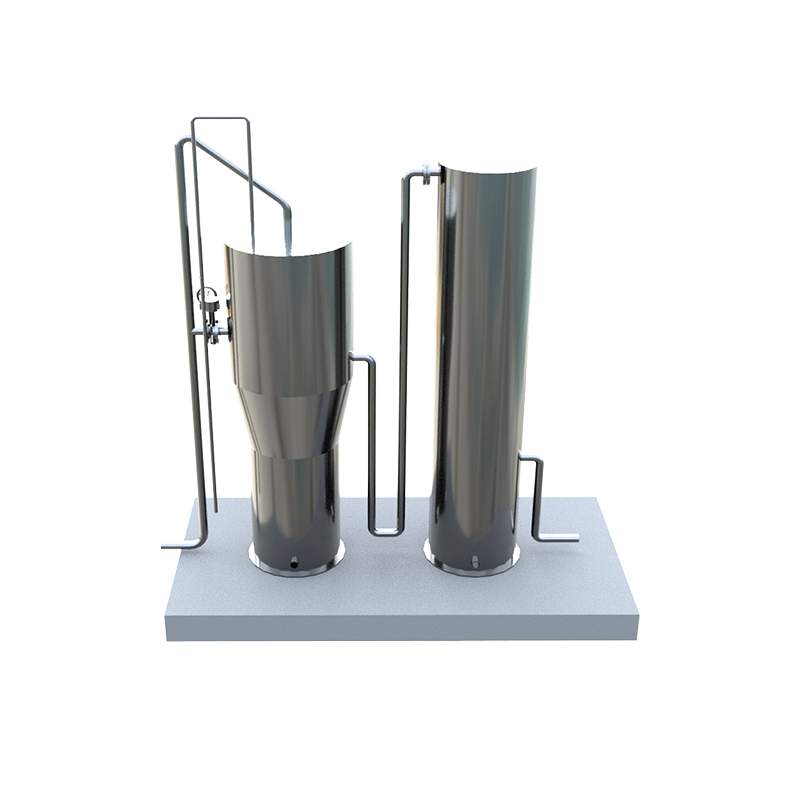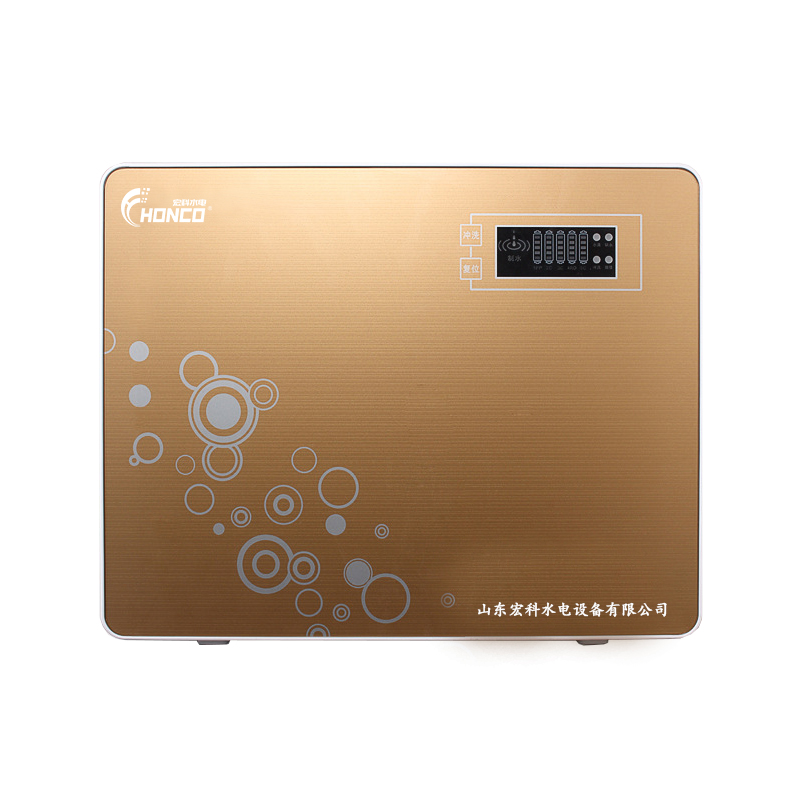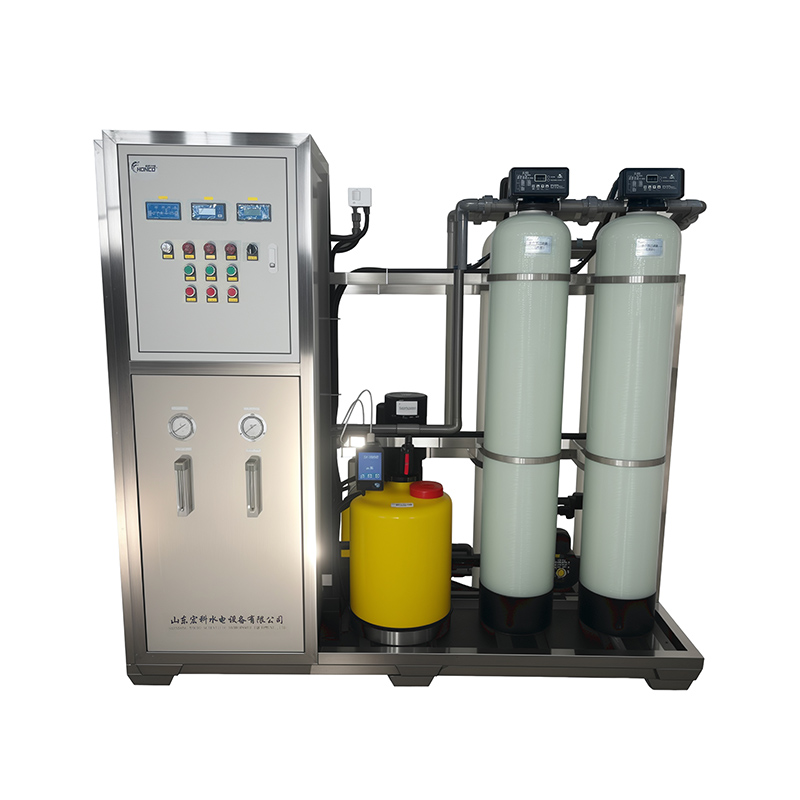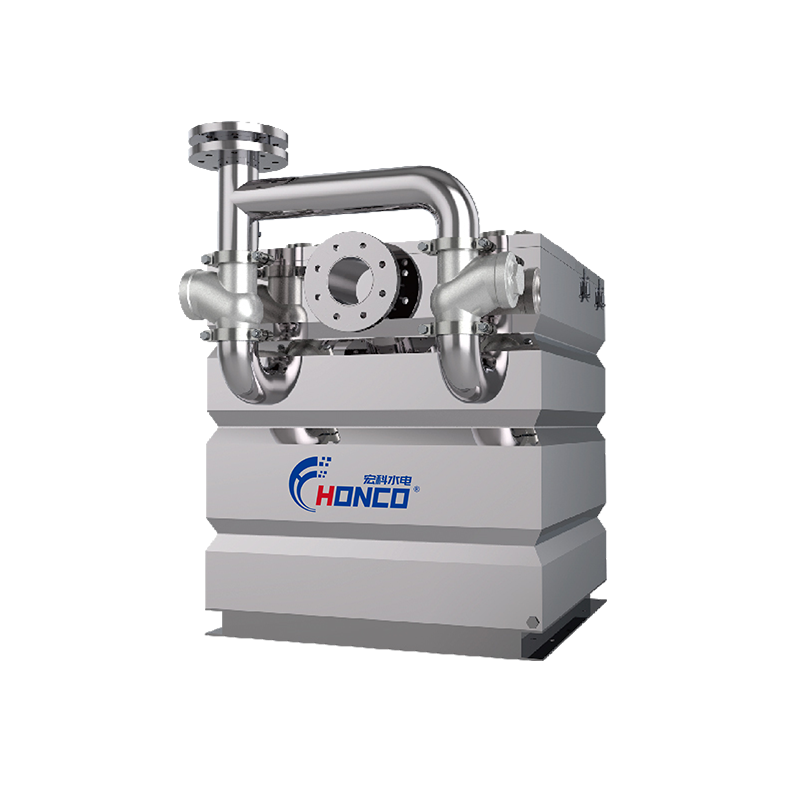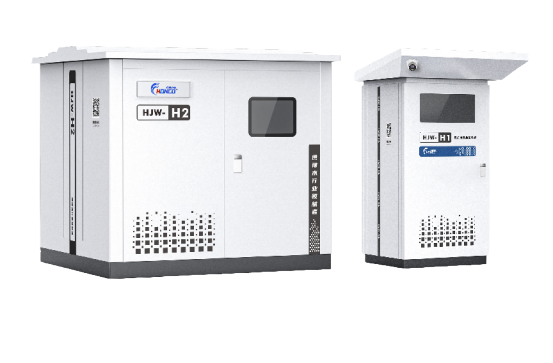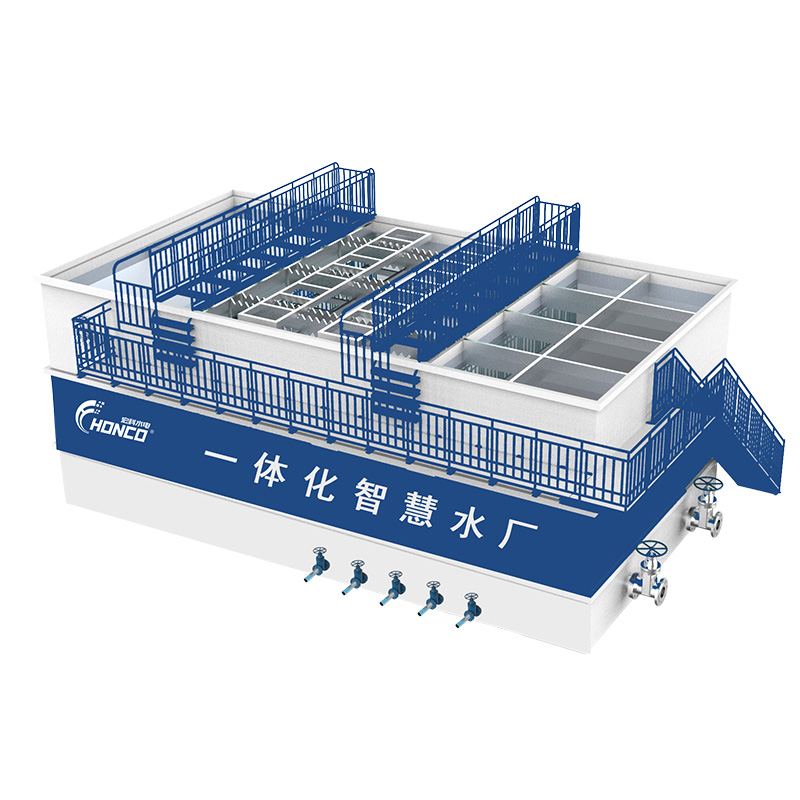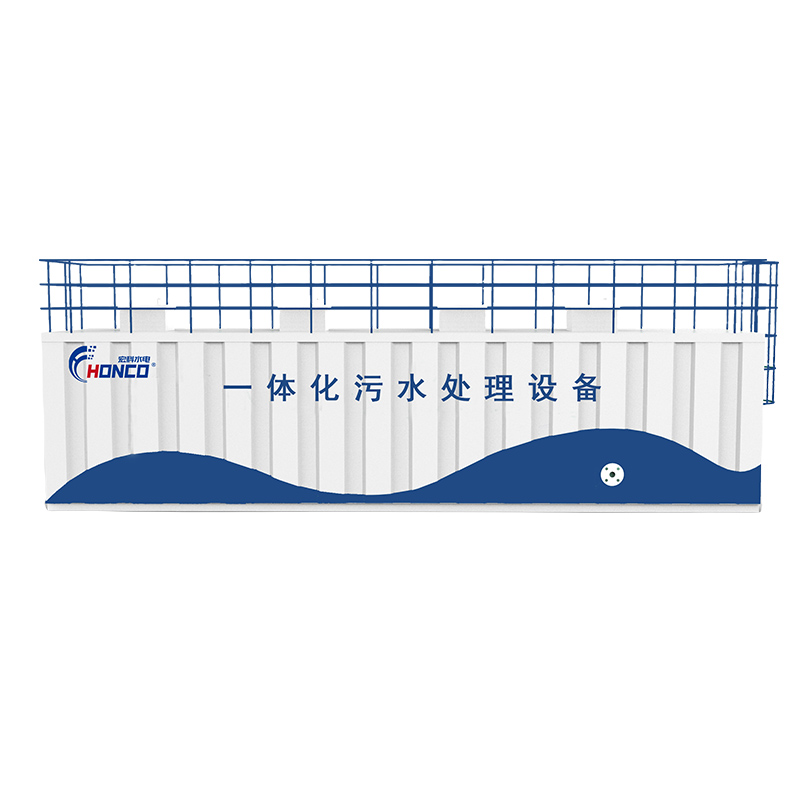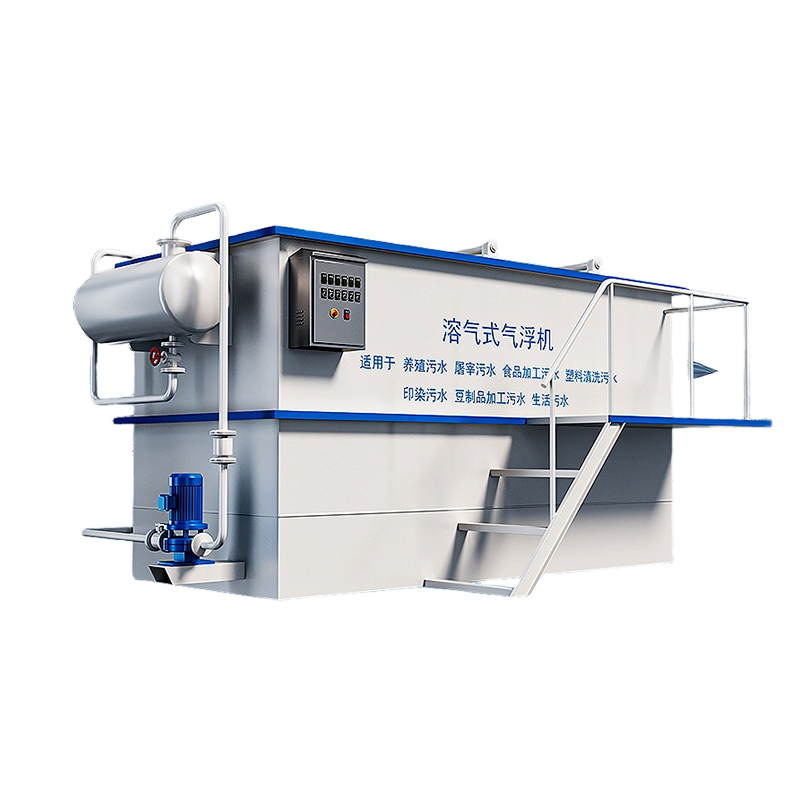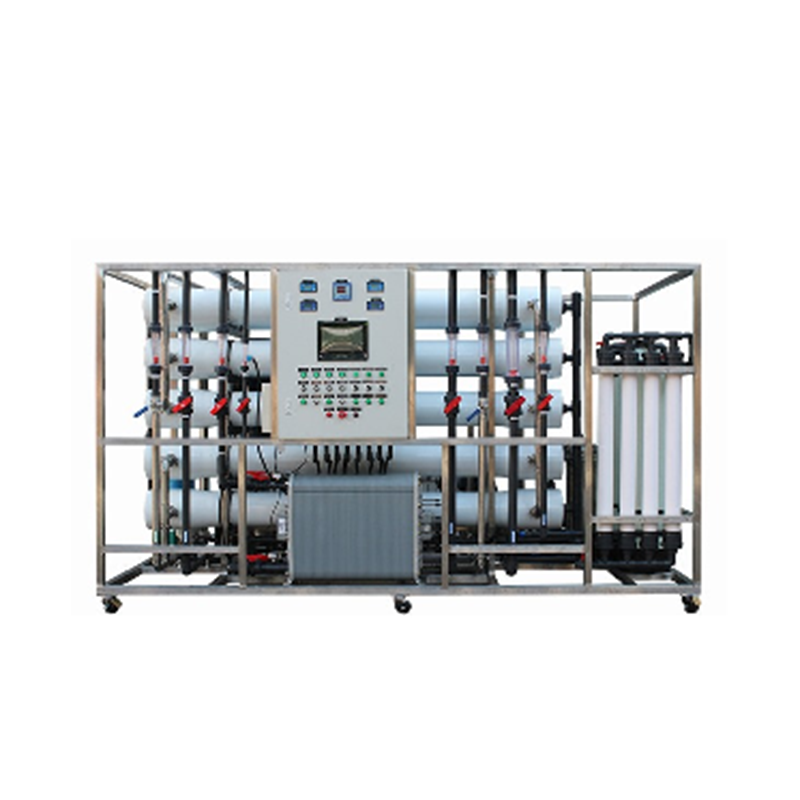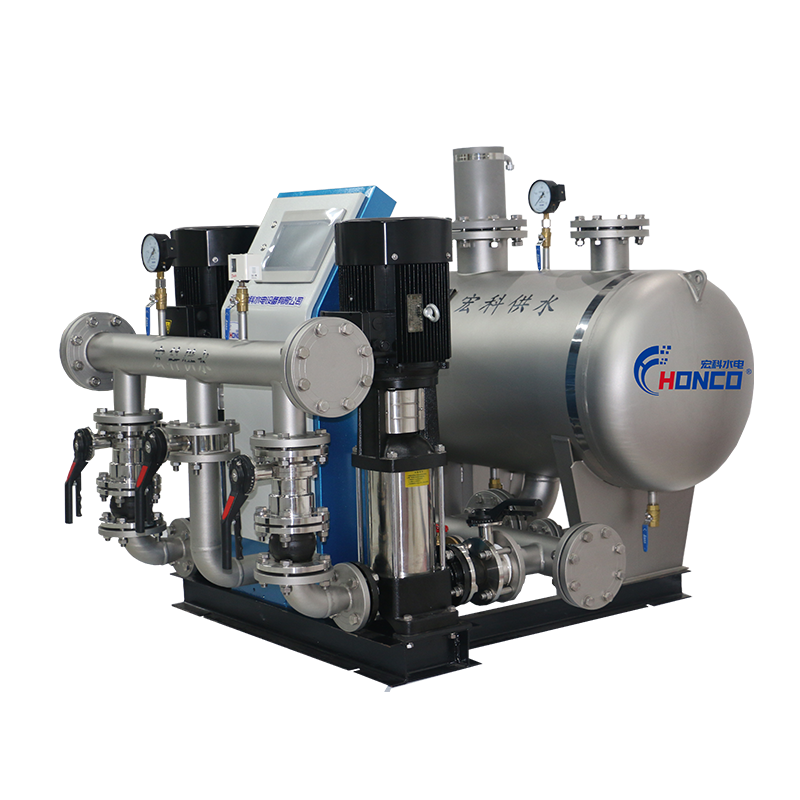At present, many parts of the country have established pilot projects for "zero direct discharge of sewage", which have shown initial results in achieving urban sewage collection, rainwater and sewage separation, and other aspects. The academic interpretation of "zero direct discharge of sewage" is to intercept and collect sewage generated from production, living, and business activities, and then discharge it to the outside environment after meeting the standards, achieving "no drainage on sunny days and no sewage on rainy days". In practical application, this concept is extended to the entire process from sewage collection, transportation to treatment, without the occurrence of direct discharge or overflow of sewage.
In practice, "zero direct discharge of sewage" relies on two types of engineering: interception and collection of sewage pipes and on-site treatment of sewage. The interception and collection of sewage is the fundamental solution to eliminate black and odorous water bodies, and the ultimate goal of on-site sewage treatment is to control the source and intercept pollution. However, it should be noted that some cities have cut off all the existing rainwater and sewage mixing points after the renovation of the Black Stinky River. Although the rain and sewage were diverted, the problem was immediately exposed. Especially in old urban areas where residential areas are concentrated, sewage is generated in large quantities, and underground pipelines are old and severely damaged, once the precipitation increases, the drainage pipes cannot transport and the sewage cannot be discharged in time, and it begins to overflow outwards. If combined with low-lying terrain, it will be submerged by sewage.
From the above example, it can be seen that collecting all pollution sources on sunny days and controlling overflow pollution on rainy days are key measures to achieve "zero direct discharge of sewage", but there are many problems in engineering practice. For example, the use of large interception and discharge systems such as box culverts in interception and collection pipes has resulted in increasingly poor interception efficiency; The operating water level of the sewage main pipeline has been in a high position for a long time, resulting in sewage overflowing and overflowing into the river channel. These problems may appear to be a mismatch in the capacity of sewage collection and treatment on the surface, but the underlying reason is the lack of scientific and reasonable design in the planning of sewage treatment and collection capacity building.
At present, some cities have built rainwater and sewage diversion engineering facilities during the planning and construction of drainage systems, but it is also necessary to scientifically consider, coordinate and flexibly grasp according to the actual situation. Rainwater and sewage diversion renovation should be carried out in areas with suitable conditions according to the actual situation. In situations where it is difficult to separate pollutants, it is necessary to promptly construct interception facilities to achieve the principle of 'difficult separation, necessary interception' and prevent pollution from spreading. For areas where the primary and secondary pipeline networks are difficult to extend and cover in the near future, transitional decentralized sewage treatment facilities should be built according to local conditions to achieve timely collection, on-site treatment, and safe discharge. Sewage should not be allowed to spread recklessly, and will be uniformly included in the service area sewage collection system after the pipeline network is extended and covered in the future.
In addition, the drainage outlets along the rivers and lakes should be inspected one by one, and strictly classified according to the construction of the surrounding pipeline network, in accordance with the "Technical Guidelines for the Treatment of Drainage Outlets, Pipelines, and Inspection Wells in Urban Black and Stinky Water Bodies (Trial)". The sewage direct discharge outlet belonging to the diversion system should be immediately renovated and connected to the existing municipal sewage pipeline network, or transferred to intercept sewage or set up sewage emergency treatment facilities before connecting to the newly built sewage pipeline. Rainwater drainage outlets belonging to the diversion system should be equipped with sewage purification facilities or rainwater storage tanks at the end of the pipeline, taking into account the initial rainwater pollution load and overflow pollution situation. After the rainfall ends, the stored rainwater and sewage should be transported to the sewage treatment plant through the pipeline network for treatment. Rainwater drainage outlets and combined sewer outlets that belong to the category of mixed rainwater and sewage should prioritize point source rainwater and sewage diversion transformation, or add interception wells for sewage interception. The drainage outlets of residential areas along rivers and lakes, especially the sewage direct discharge outlets of urban villages, are difficult to transform into rainwater and sewage diversion systems. Therefore, it is necessary to accelerate the implementation of old city renovation or build transitional decentralized sewage treatment facilities. After the sewage treatment meets the standards, it can be safely discharged.
The significance of 'zero direct discharge of sewage' is significant. The author believes that further comprehensive measures such as ecological governance should be taken to address the problems in engineering practice, in order to restore ecological self purification capacity and promote substantial improvement in water environment quality.


